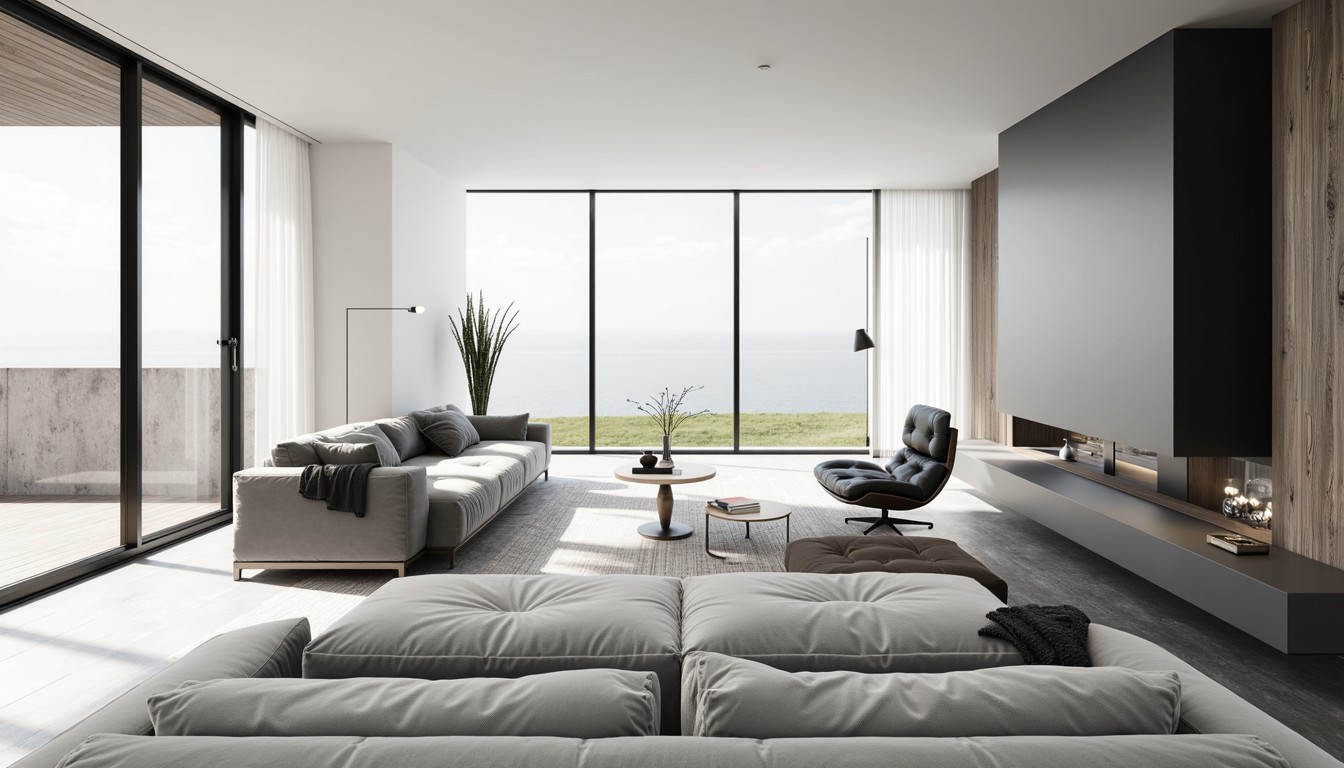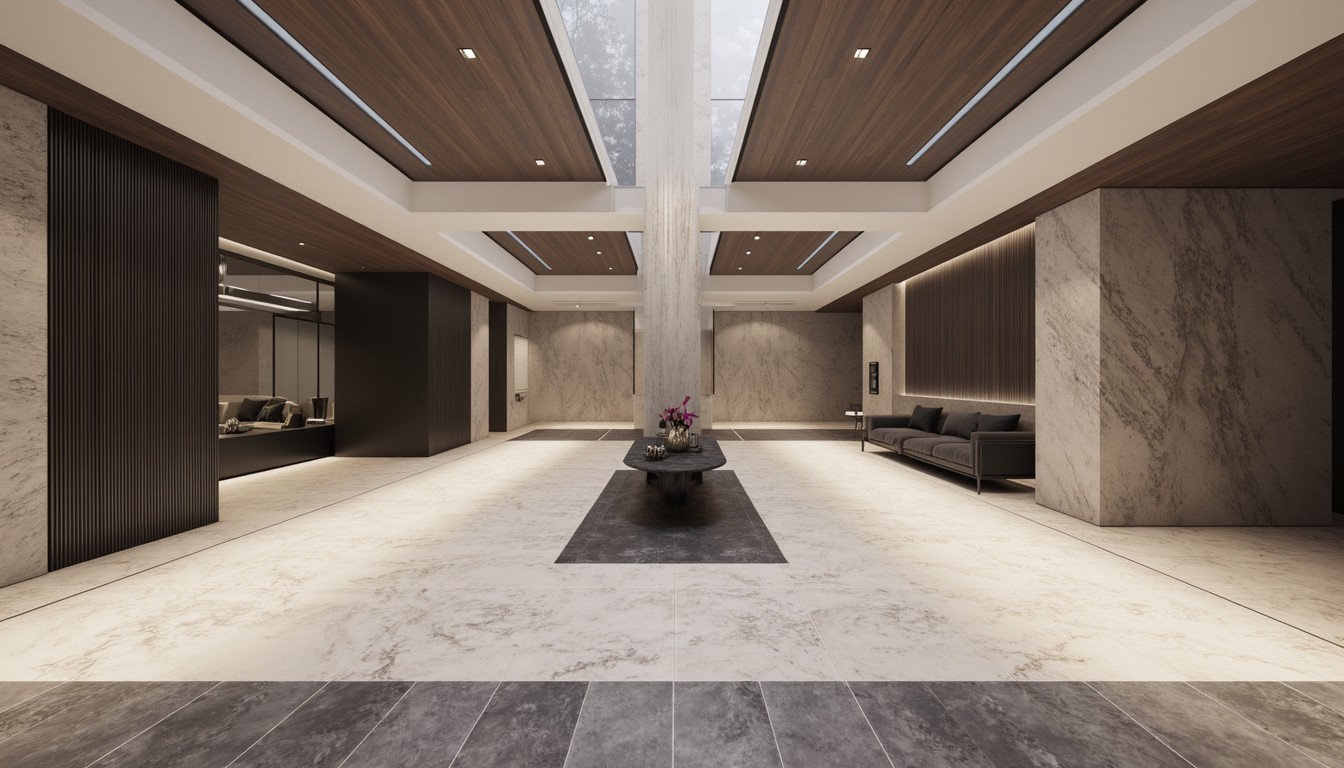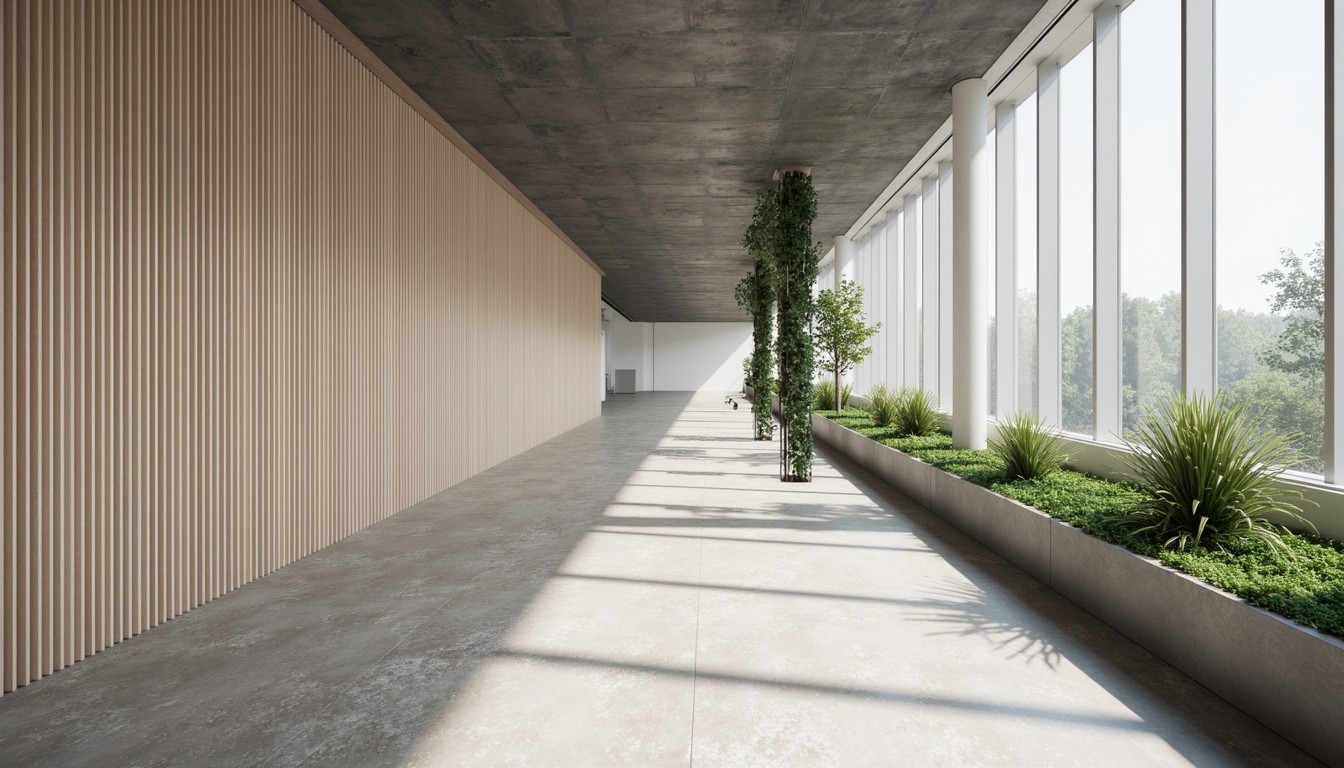VR in Architecture: Designing Tomorrow's Spaces
The architectural landscape is undergoing a dramatic transformation, driven by technological advancements that are reshaping how we design, visualize, and experience built environments. At the forefront of this revolution is Virtual Reality (VR), a powerful tool that is rapidly changing the way architects and designers approach their work. ArchNav, a leader in architectural visualization, is harnessing the potential of VR to deliver unparalleled design experiences.
Immersive Client Presentations: Beyond Static Renderings

Traditionally, architects relied on static renderings, 2D plans, and physical models to communicate their designs to clients. These methods often fall short in conveying the true essence and experience of a space. VR offers a radical departure from this, providing clients with an immersive, interactive walkthrough of the proposed design. They can literally “walk” through their future home, office, or public space, experiencing the scale, light, materials, and spatial relationships firsthand. This level of engagement fosters better understanding, reduces misunderstandings, and leads to more informed decision-making.
Imagine presenting a design for a luxury penthouse suite. Instead of showing static images, your client can experience the panoramic city views, the flow of natural light throughout the day, and even the tactile feel of the materials, all within the VR environment. This heightened sense of realism significantly improves client satisfaction and buy-in.
Enhanced Collaboration and Design Iteration: A Shared Virtual Space
VR transcends the limitations of geographical distance and fosters seamless collaboration among design teams. Architects, engineers, and other stakeholders can simultaneously enter a shared virtual model, allowing for real-time feedback and design modifications. This collaborative approach significantly accelerates the design process, leading to more efficient workflows and innovative solutions. Imagine a team spread across the globe, all simultaneously reviewing and refining a complex building design within a shared VR environment – a reality made possible by today’s technology.
Design Optimization and Problem Solving: Identifying Flaws Early

VR offers an unparalleled opportunity for early detection of design flaws and optimization of spatial arrangements. By immersing themselves in the virtual environment, architects can identify potential issues with circulation, lighting, accessibility, and other critical aspects of the design before construction begins. This proactive approach saves time, money, and resources, while ensuring that the final product meets the highest standards of quality and functionality. VR allows architects to “test” designs in a risk-free environment, making adjustments and improvements with ease.
Real-World Applications of VR in Architecture: Case Studies
The applications of VR in architecture are vast and constantly expanding. Here are a few real-world examples:
- Residential Design: VR is revolutionizing home design, allowing clients to personalize their future homes by experimenting with different layouts, finishes, and furniture arrangements.
- Commercial Real Estate: Developers utilize VR to showcase commercial spaces to potential tenants, providing a compelling and immersive experience that facilitates lease agreements.
- Urban Planning: VR allows urban planners to visualize large-scale projects, assess their impact on the surrounding environment, and engage the public in the planning process.
- Healthcare Design: VR can be used to simulate hospital layouts and patient flows, optimizing the design for efficiency and patient comfort.
- Heritage Preservation: VR enables the creation of virtual tours of historical sites, allowing people to explore and experience these spaces without physical limitations.
The Future of VR in Architectural Design

The integration of VR into architectural workflows is still evolving, with ongoing advancements in hardware and software constantly pushing the boundaries of what’s possible. We can anticipate even more realistic and immersive experiences, more sophisticated interaction tools, and greater accessibility to this transformative technology. The future of architectural design is intertwined with the continuous development and application of VR.
ArchNav: Your Partner in VR Architectural Visualization
ArchNav is at the forefront of this exciting evolution. We leverage the power of VR to deliver exceptional architectural visualization services. Our team of expert designers and technologists utilizes cutting-edge VR tools to create immersive experiences that exceed expectations. We help architects and designers transform their visions into reality, providing clients with an unparalleled understanding and appreciation of their future spaces. From conceptual design to final walkthroughs, ArchNav’s VR solutions provide a competitive edge, enhancing client engagement and driving project success.
Contact ArchNav today to explore how VR can revolutionize your architectural design process.
